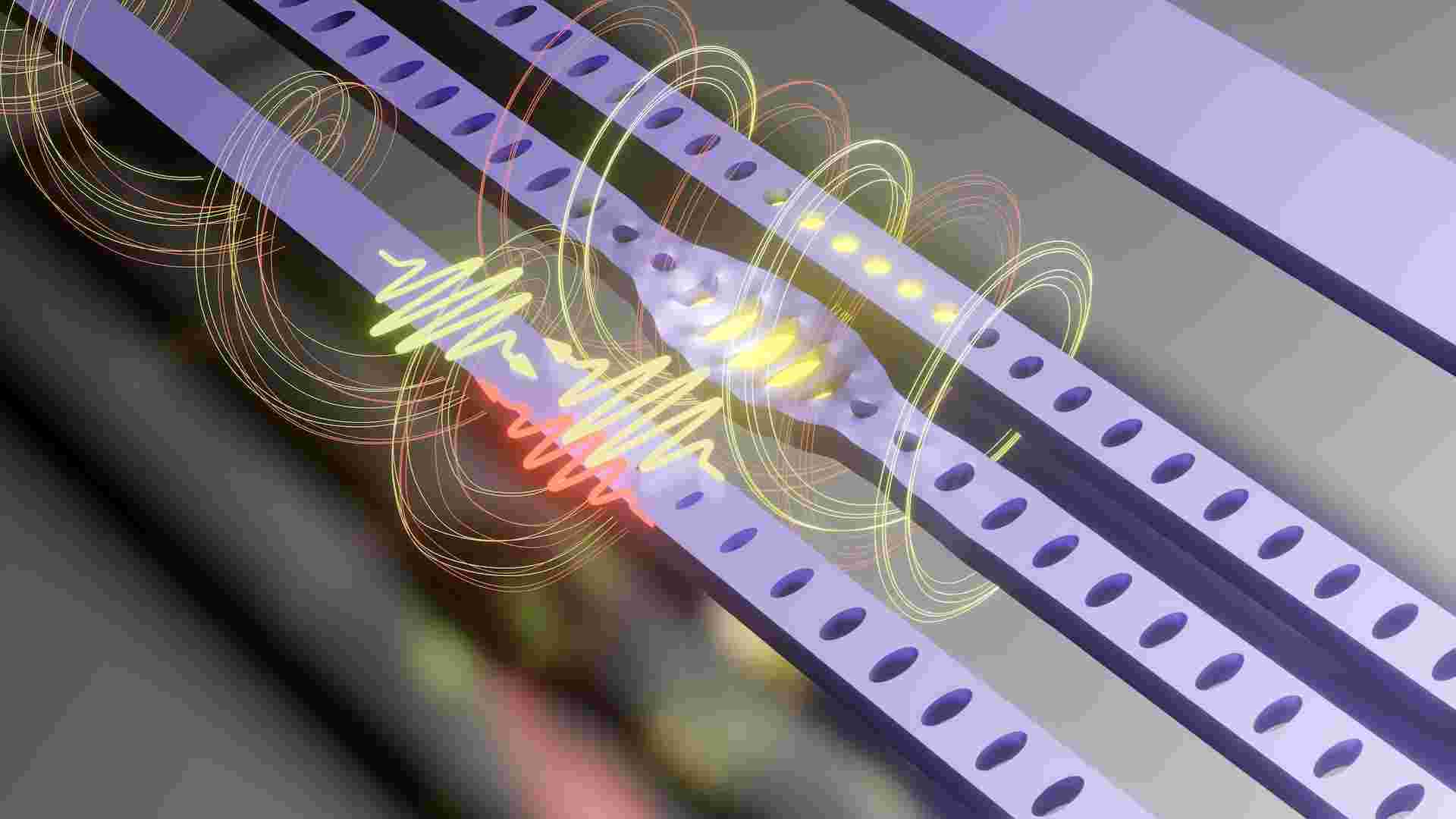State University of Campinas study improves quantum networks

The development of advanced quantum networks for supercomputing heavily relies on transmitting information coherently across the electromagnetic spectrum, ranging from microwave to infrared frequencies. This capability is essential for achieving efficient and reliable communication within these networks.
Quantum networking involves transmitting and manipulating quantum states, which are highly delicate and easily disrupted. Therefore, ensuring coherent transmission of information is crucial to maintaining the integrity and functionality of these networks.
Researchers can utilize different parts of the electromagnetic spectrum to explore various techniques and technologies for transmitting quantum information. For example, microwave frequencies are commonly used in quantum supercomputing experiments, while infrared frequencies are used in long-distance quantum communication protocols such as quantum key distribution (QKD).
The ability to transmit information coherently across this wide range of frequencies enables researchers to develop robust and scalable quantum networks that can support complex computational tasks. It also paves the way for advancements in secure communication protocols that rely on the principles of quantum mechanics.
However, achieving coherent transmission across different frequency bands poses significant technical challenges. These challenges include mitigating noise and interference, maintaining signal integrity over long distances, and developing efficient methods for converting between different frequency ranges.
While the study contributes to the advancement of quantum networks by proposing a new method for generating entanglement between distant qubits, practical implementation and scalability remain major challenges. The complexities involved in maintaining fragile quantum states over long distances and mitigating noise and decoherence pose significant hurdles.
Furthermore, the study does not delve into potential applications or real-world use cases for advanced quantum networks. While it hints at possibilities such as secure communication and distributed computing, it fails to provide concrete examples or discuss ongoing efforts in these areas.
In conclusion, while the study represents an important step forward in advancing quantum networking, there are still numerous obstacles to overcome before we can fully harness its potential. Additionally, a more comprehensive exploration of practical applications would have enhanced our understanding of how these advanced networks could impact various industries and sectors.

 How to resolve AdBlock issue?
How to resolve AdBlock issue?